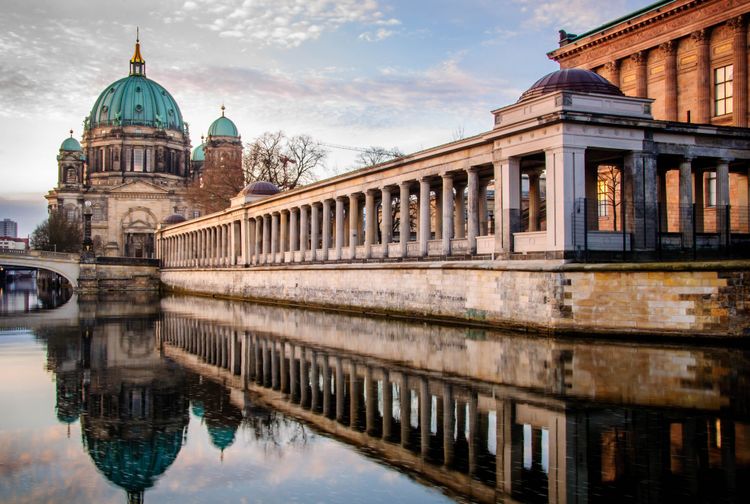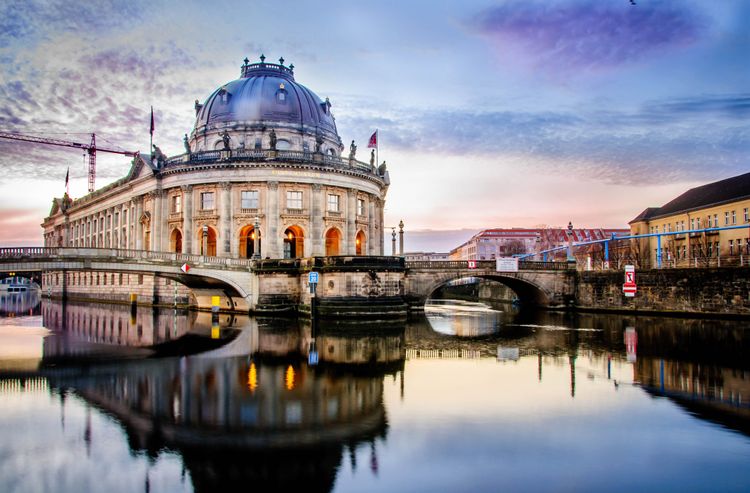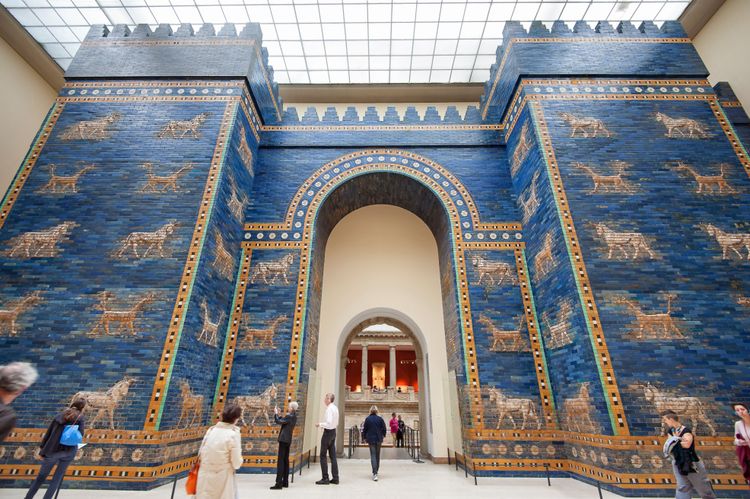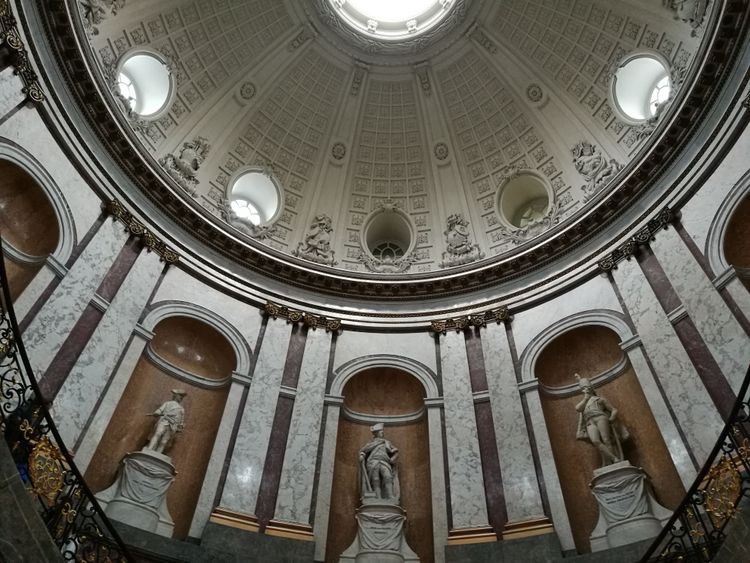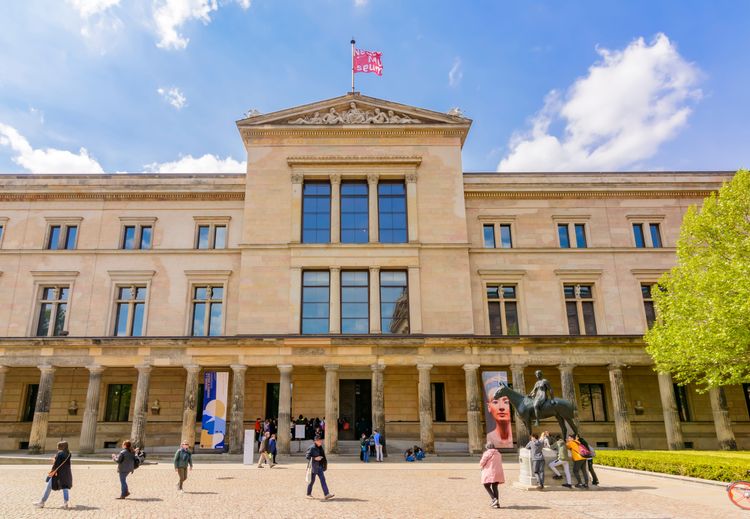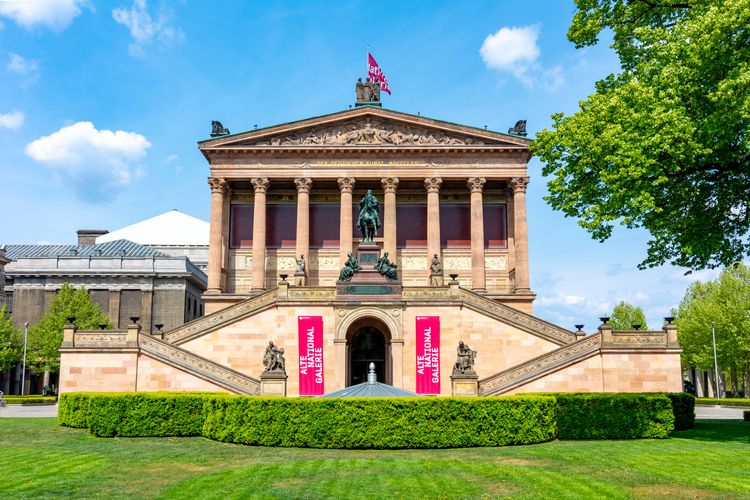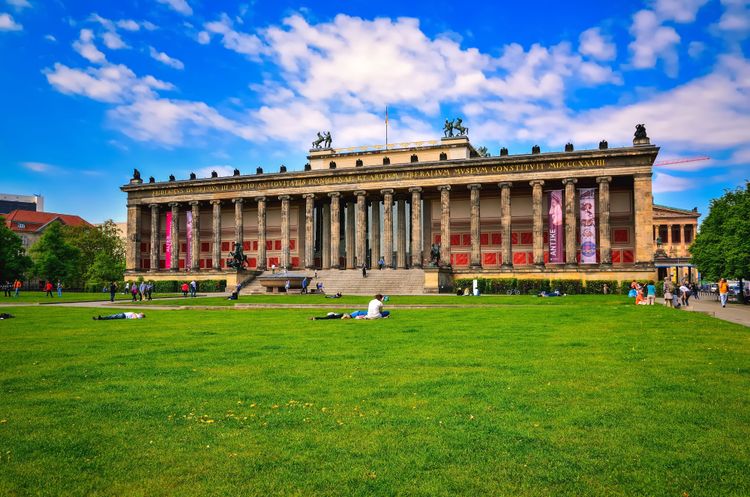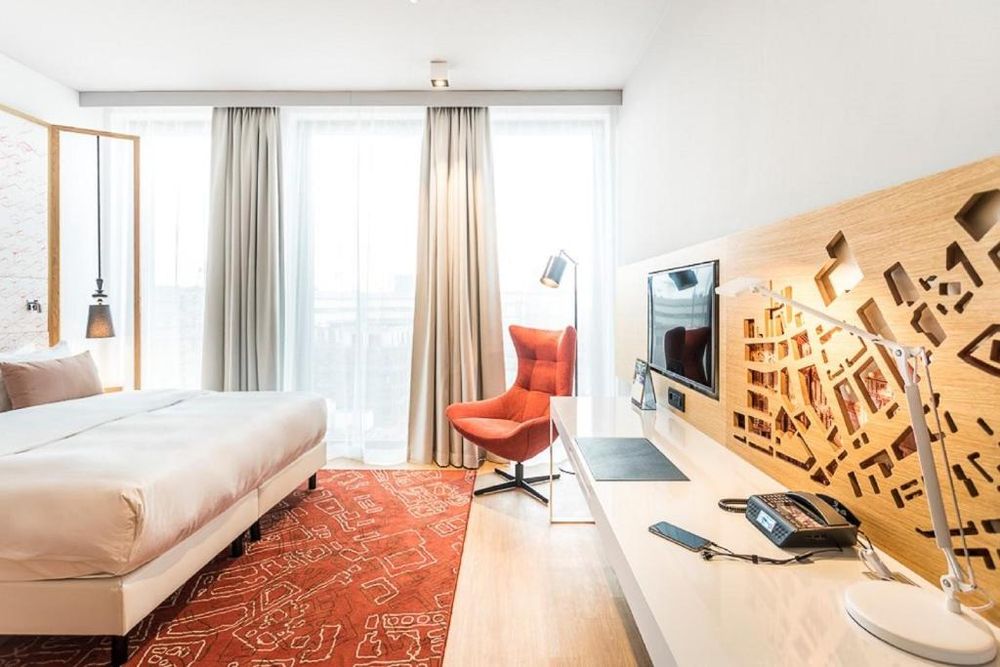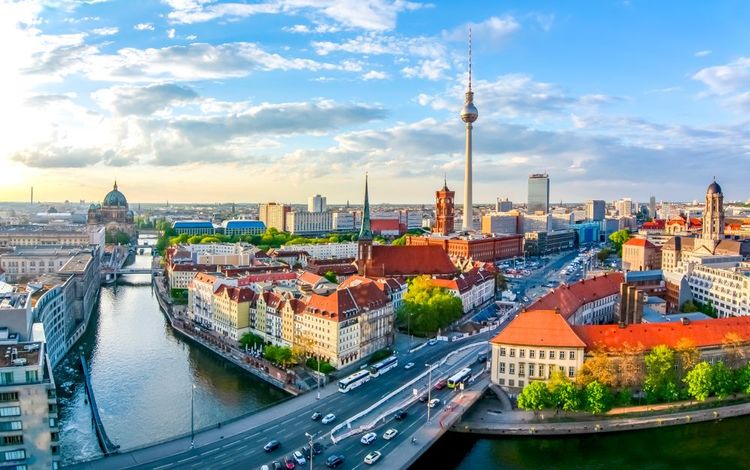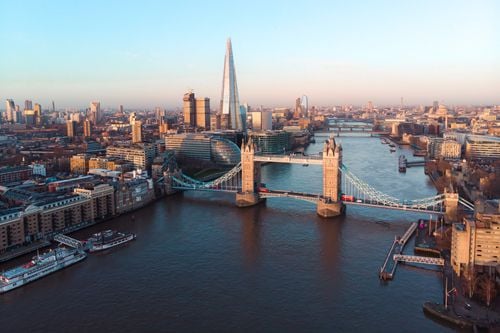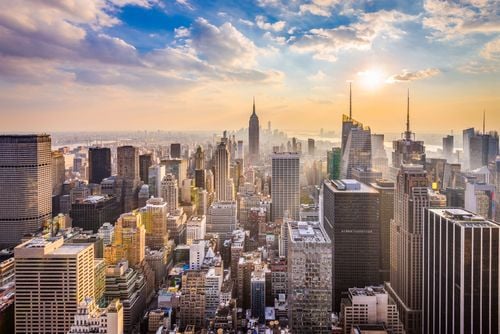The Altes Museum, also known as the Old Museum, is located in the Lustgarten, directly opposite Berlin Cathedral and the newly created Forum Humboldt. When it first opened its doors in 1830, the Altes Museum presented historically important collections and works of art to the Berlin public, marking the first step in the city's widespread accessibility. This concept of an inclusive museum derived from the educational ideals of the Enlightenment, and its design was commissioned to the architect Karl Friedrich Schinkel, an eminent figure in Prussian history. Over the next century, five separate museums were built on this site, culminating in the late 1870s when Berlin's Museum Island was given its current name.
In 1855, Friedrich August Stüler created a second impressive museum building, the Neues Museum (New Museum). The Alte Nationalgalerie (Old National Gallery), a structure reminiscent of ancient Greek temples and incorporating elements of Stüler's vision, unveiled its grandeur in 1876. However, the complex was not completed until the early 20th century. In 1904, the neo-baroque Kaiser Friedrich Museum, now known as the Bode Museum, adorned the tip of the Museum Island. The latest addition, the Pergamon Museum, joined the collection of five large museum buildings in 1930.

